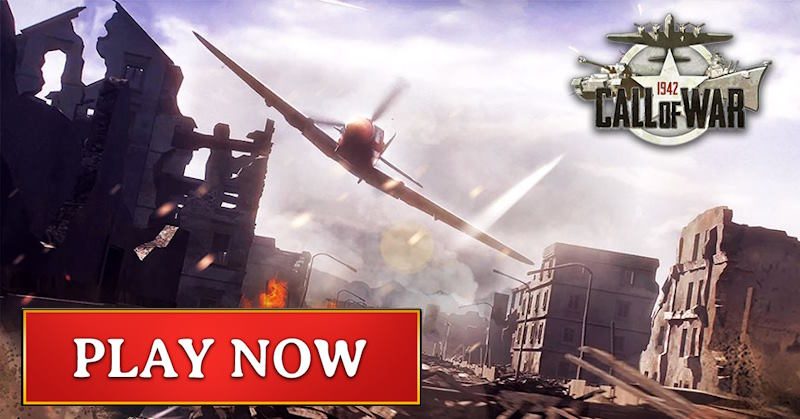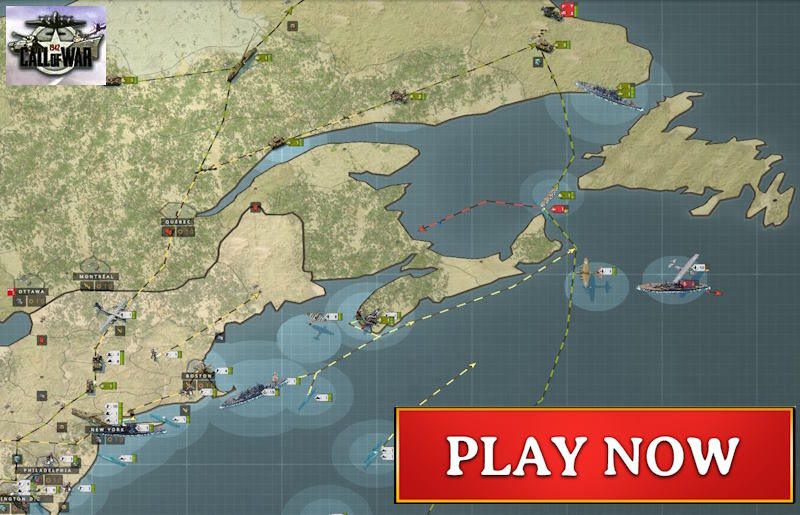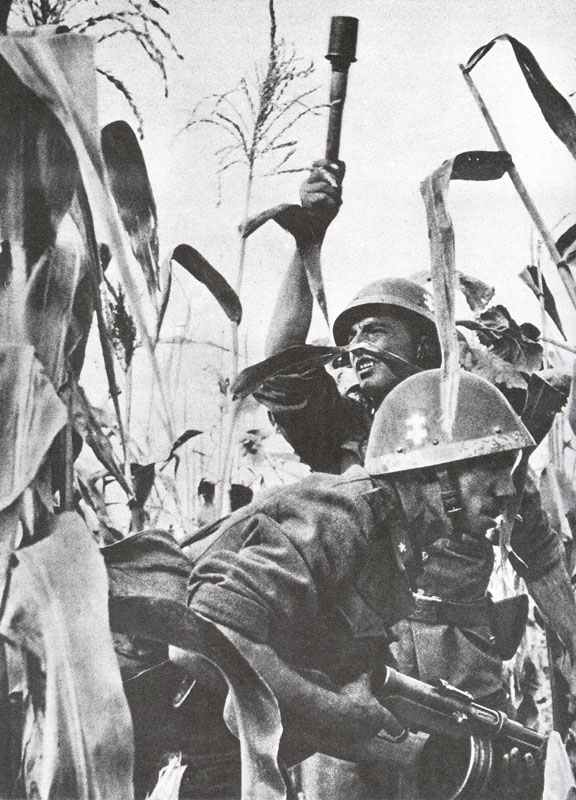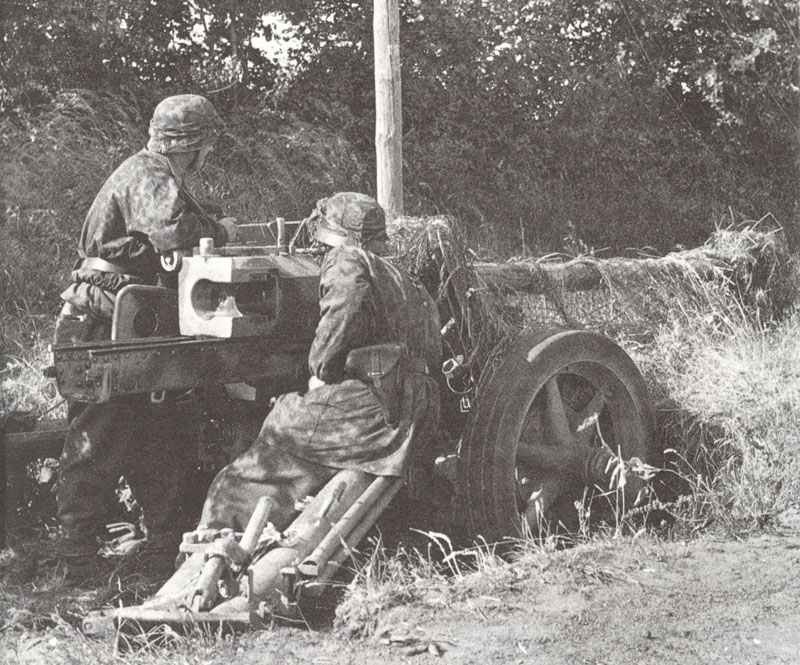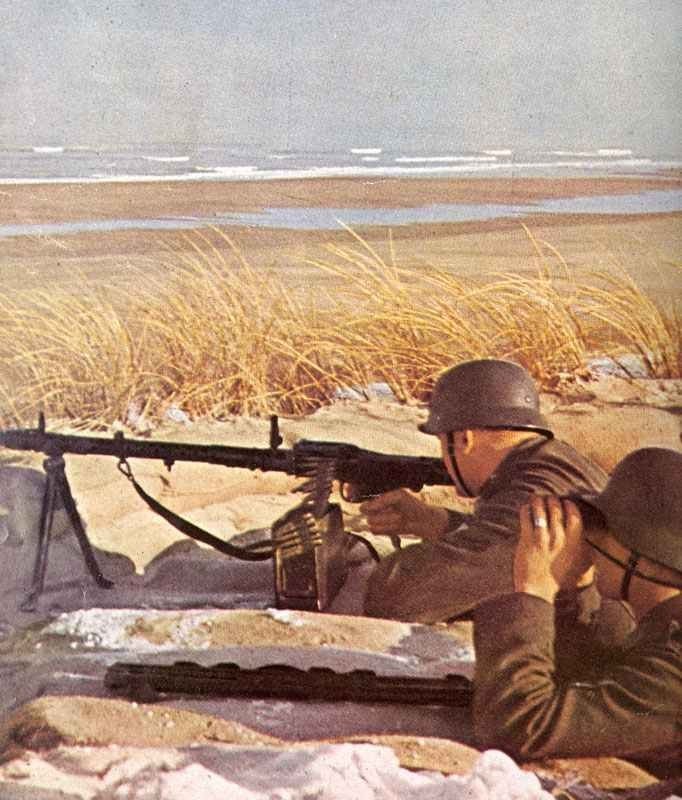Operations of the 2nd SS-Panzer-Division Das Reich 1943-45 (Part II).
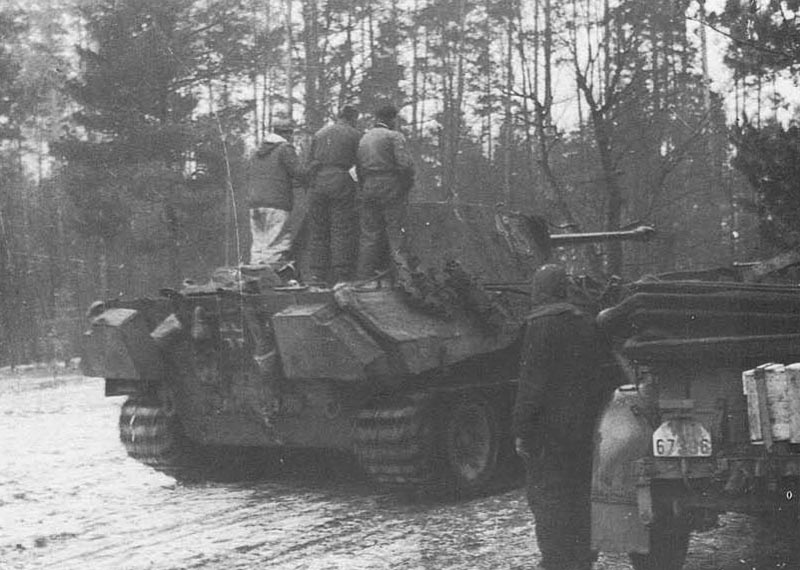
 Here to Part I: Creation and Campaigns of the SS-Verfuegungsdivision (later Reich) from 1939 to 1942.
Here to Part I: Creation and Campaigns of the SS-Verfuegungsdivision (later Reich) from 1939 to 1942.
Russia 1943
Table of Contents
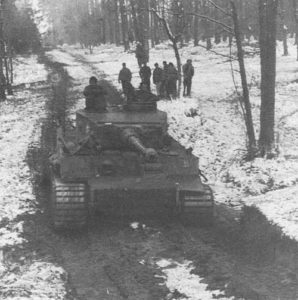
The withdrawal of the SS corps commander, General Hausser, from the city enraged Hitler. But only a week later the SS divisions Das Reich, Leibstandarte and Totenkopf made their way back to Kharkov and chased away the Red Army.
This was a significant victory for the Waffen-SS, which was all the more satisfying when they were able to recapture Belgorod. This success was the greatest victory for Hitler since a long time and laid the foundation for the subsequent rapid expansion of the Waffen-SS with numerous new divisions.
The soldiers of the division Das Reich were able to recover from April to the beginning of July 1943, until they were thrown back into the Battle of Kursk. As part of the SS II Tank Corps under General Hoth’s 4th Army, Das Reich invaded the southern part of the Front bulge and covered the right flank of the corps.
Torrential rains had turned the roads into impassable mud tracks, forcing the Panzergrenadiers of Das Reich to advance without the important tank support and quickly becoming involved in fierce close combat. The support of Stukas helped them to take their first operational targets, the town of Berezov and its dominant heights.
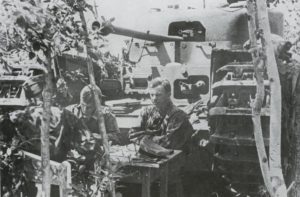
Das Reich, however, held on to the enemy, supported by General von Richthofen’s Ju 87 tank busters. Together with the other Waffen SS divisions of the II SS tank corps, they took out more than 300 enemy tanks.
After this counterattack was fought off, Das Reich continued its advance until the division was involved in the famous tank battle in the hills around Prokhorovka on 12 July. During the following days, both sides fought a battle of wear and tear without any major gains in terrain, with terrible losses of human lives and tanks on both sides. Although the Russian losses were greater than those of the Germans, the Red Army was able to replace them, while the Waffen-SS divisions did not live in this luxury.
After the Allied invasion of Sicily, German divisions were needed in the West, so that the offensive was broken off and Das Reich became defensive.
During the second half of 1943, the division fought many fierce battles along the river Mius and once again had to defend the cities it had previously conquered.
In mid-July, the division left the area west of Belgorod. At the end of July, counter-attacks and defensive battles followed on the Mius-Donez area, then near Stepanowka and Marinowka near Stalino.
In August and September 1943, the defense and counter-attacks in the Kharkov and Poltava area continued. Then retreat over the Dnieper and counter-attacks and defensive fights at the Dnieper bow.
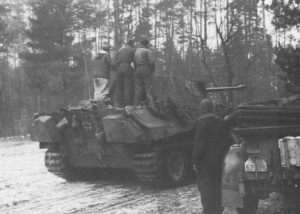
Already on 22 October 1943 the division had been renamed into 2nd SS-Panzer-Division Das Reich and was re-equipped and refilled in Southern France.
The I. Panzer-Abteilung (tank detachment) was converted to Panzer V Panther in spring 1944. The heavy Panzer Company became the heavy Panzer Abteilung 101 with Tiger tanks. The Panzer Artillery Regiment 2 ‘R’ now received self-propelled howitzers.
Organization 1944-45:
| 2nd SS-Panzer-Division Das Reich | Units |
|---|---|
| Stab/2. SS-Panzer-Division Das Reich | Div.Begl.Kp.(tgp) 1944 (staff; partly armoured) |
| SS-Pz.Gren.Rgt. 3 'Deutschland' | I.-III.(Rgt) 13.-15.Kp |
| SS-Pz.Gren.Rgt. 4 'Der Führer' | I.-III. (3/III.(gp).SPW-Btl./APC's) |
| SS-Pz.Rgt. 2 'R' | I.-II. (9.Pi.Kp; 10.(s)Kp. Tiger I) |
| SS-Pz.Aufkl.Abt. 2 'R' | Arnoured recon cars, four Pz.Aufkl.Kpn. |
| SS-Pz.Artillerie-Rgt. 2 'R' | I.-IV.(SF) Panzer-Batterie (SP artillery) |
| SS-Pz.Nachr.Abt.2 'R' | Fernspr.-/Funk-Kp.-le.Na.Kol. (signals) |
| SS-Pz-Jäger-Abt. 2 'R' | drei Pz.Jäger-Kpn.(motZ/-4.-(Sfl).) (anti-tank; no 4 SP at) |
| SS-Pz.Pionier-Btl. 2 'R' | zwei Pi.-Kpn./mot.-3.(gp) with medium APC's |
| SS-Flak-Abt.(mot.) 2 'R' | 3 heavy, one mixed anti-aircraft batteries (motorized) |
| SS-Sturmgeschütz-Abt. 2 | three Sturmgeschütz (assault gun) batteries |
| SS-(Pz.)Di.Na.Fü. 2 'R' | regular Supply and Administration units |
Western Front 1944
During the stationing in southern France troops of the 2nd SS-Panzer-Division Das Reich were sometimes used for anti-partisan combat. Brutalized by years of combat experience on the Eastern Front, the troops were not in the mood to accept losses by the French Resistance and the retaliation for killed Germans or destruction of vehicles was often brutal.
When the Allies landed in Normandy on 6 June 1944, the division was ordered to move away from its stationing area near Bordeaux to the front. The march was marked by frequent acts of sabotage and raids, and the reaction of the SS men was furious. They executed 99 civilians in Tulle as reprisals for the death of about 40 German soldiers. When the Resistance abducted SS-Sturmbannführer Helmut Kampfe, commander of the 3rd Battalion of the regiment ‘Der Führer’, this was the starting point for the destruction of the peaceful town of Oradour-sur-Glane near Limoges and the murder of 640 civilians. Men, women and children were brutally killed by the 3rd Company of the 1st Battalion of the Regiment, led by SS-Hauptsturmführer Kahn and the battalion Commander, SS-Obersturmbannführer Otto Dickmann.
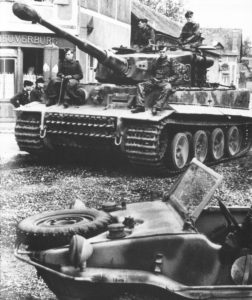
But it was also in Normandy, where one of the most famous soldiers of the division could achieve a historical battle success.
SS-Oberscharführer Ernst Barkmann, commander of a single Panzer V Panther, covered an intersection at Le Lorey when a long column of at least 14 enemy tanks with trucks came into sight. In the subsequent battle, Barkmann and his crew knocked-out eight Sherman tanks and destroyed several trucks, including fuel vehicles, although Allied fighter-bombers intervened during the combat and damaged his tank. He did not retreat until his ammunition ran out.
However, the division Das Reich was then heavily involved in the battles for the break-out of US troops from the invasion area around St Lo. In mid-August, a number of German units were cut off in the Falais pocket. Das Reich was one of the units which was able to break through the containment ring of the Canadian and Polish troops and thus opened a way for the other encircled troops to escape.
Das Reich then withdrew to the Seine and resisted in the Rouen bridgehead. By 28 August 1944, the division had retreated across the Seine. Retreat via Vermand, the Meuse south of Namur and defense on the Meuse around Haux-Givet until 7 September 1944.
Then retreat to behind the Siegfried Line and defensive fights in the snow Eifel and at the Westwall. From 23 October 1944, the relief began at the front, which was completed by mid-November. Das Reich was refreshed in the Sauerland region south of Paderborn. Many conscripts of the Wehrmacht are also incorporated, which was a clear decline in the quality of the original troops.
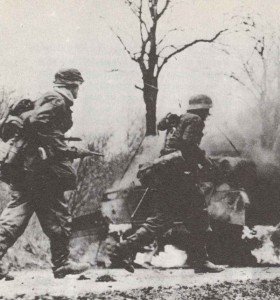
Like other German units, the division suffered from a lack of fuel and ammunition and had to drive the heavy tanks along completely inappropriate routes.
Nevertheless, Das Reich took key positions such as Manhay and Grandmesnil, but the successes were short-lived and both villages were lost to American counterattacks.
Panzer ace Ernst Barkmann increased his hitherto impressive killing rate by adding 15 more Sherman tanks to this list. Nine of these tanks were simply abandoned by the American tank crews when his lonely tank rolled towards them.
Until 17 January 1945 defense in the Magoster and Marcourt area, then released from the front and moved behind the Siegfried Line (Westwall) to Koblenz, for a brief refreshment and recovering.
Hungary, Austria and Czechoslovakia 1945
Although not yet fully refreshed and equipped, between 8 and 15 February 1945 Das Reich was transported to the Army Group South near Lake Balaton. There the refreshment was completed and the division took part from 6 March in the last desperate German offensive on the Eastern Front. The operation ‘Frühlingserwachen’ (spring awakening) aims to secure the last oil fields in the area.
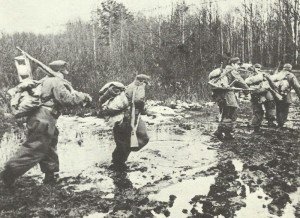
The division is on the defensive until 18 March around Aba-Koloz and is detached from the front after the Russian breakthrough. Departure to the eastern shore of Lake Neusiedl and retreat to the southern edge of Vienna by 27 March.
Defense of important bridges over the Danube at the eastern edge of Vienna, followed by house-to-house fighting in the suburbs when the Red Army penetrates there. The units of Das Reich were concentrated at the Florisdorf Bridge until April 9.
Finally, they fought in the area east of Melk before marching off into the area between Prague and Dresden on 26 April 1945. The few remaining tanks cover the retreat and were blown up after reaching the city, since almost all fuel and ammunition was used up.
While the majority of the division went west of Pilsen into US captivity until May 9, 1945, elements of the ‘Germany’ regiment were still in action around Prague, and most of them perished in battle against Red Army troops and Czech partisans as they attempted to break out west.
The Führer regiment spent the last days of the war rescuing German civilians, Wehrmacht auxiliaries women and wounded soldiers from Prague. After the troops had fought their way into the city, the regimental commander Otto Weidinger and his soldiers led them to Rokicyanai in Bohemia, in the relative security of US captivity, until May 8.
Most of the members of Das Reich survived in US captivity, the others, however, in Russian or Czech hands, were killed – either shot immediately or perished in the long years of Soviet labor camps.
A total of 72 division members were awarded the Knight’s Cross, which was the largest number of such awards within all SS formations.
 Here to Part I: Creation and Campaigns of the SS-Verfuegungsdivision (later Reich) from 1939 to 1942.
Here to Part I: Creation and Campaigns of the SS-Verfuegungsdivision (later Reich) from 1939 to 1942.


